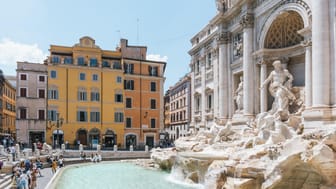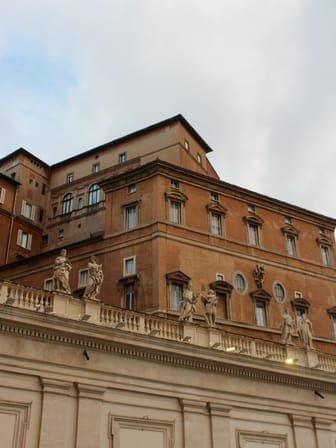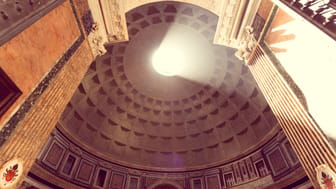Ponte Cestio
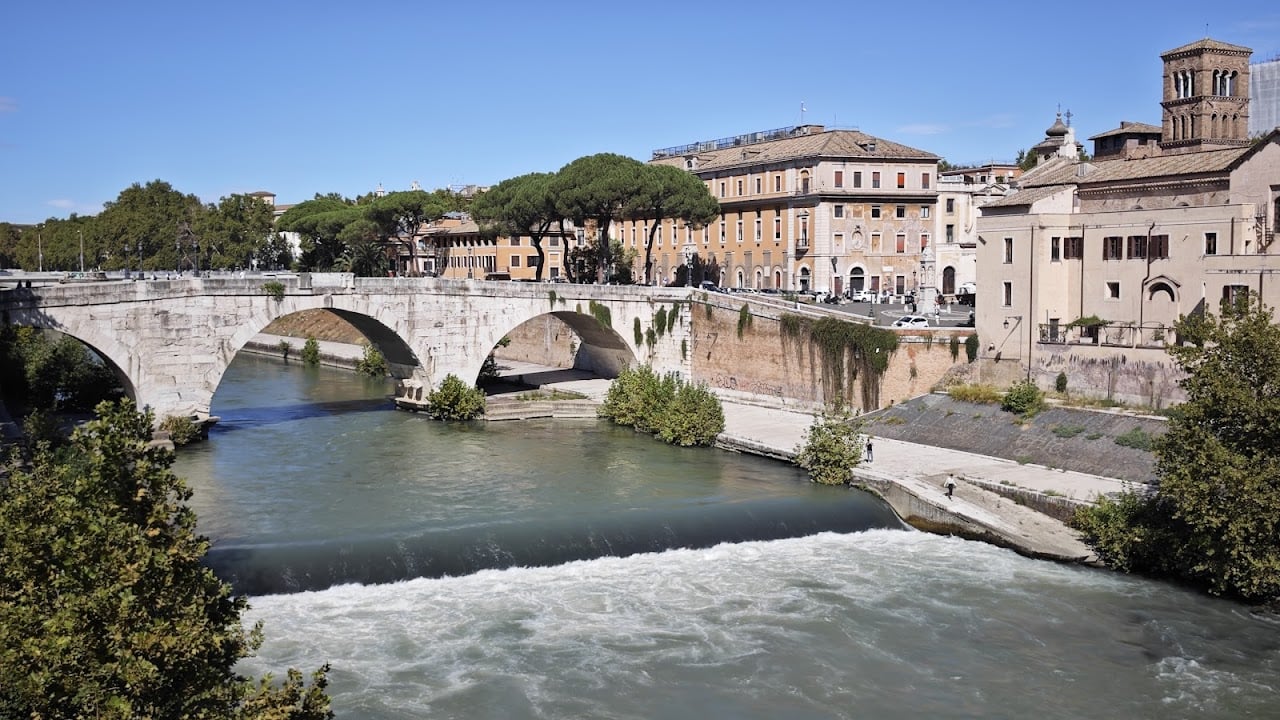
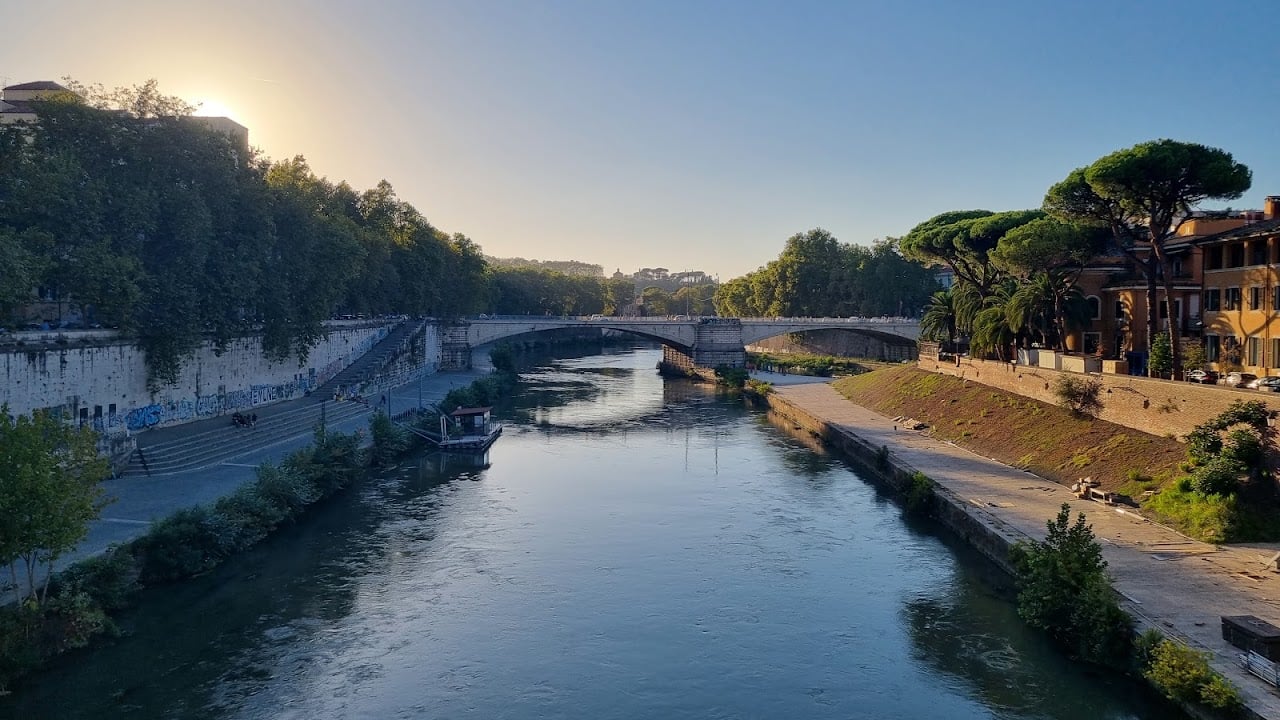
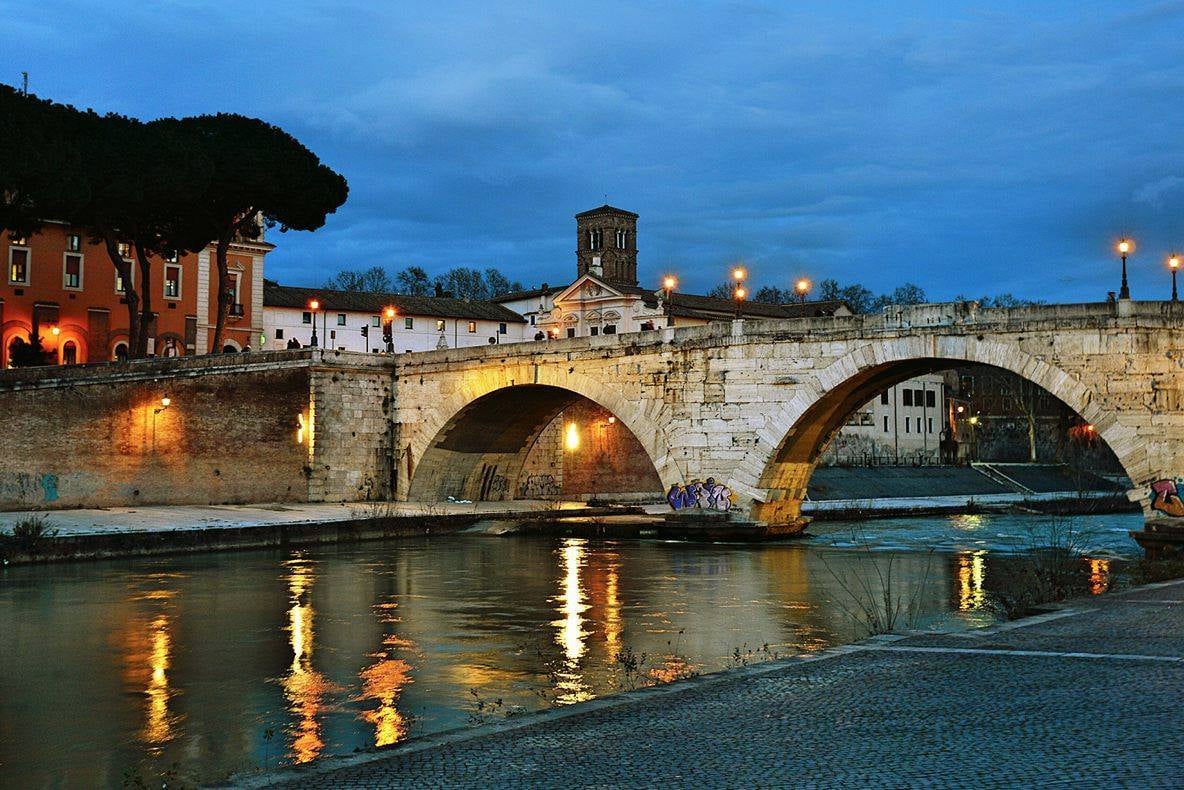
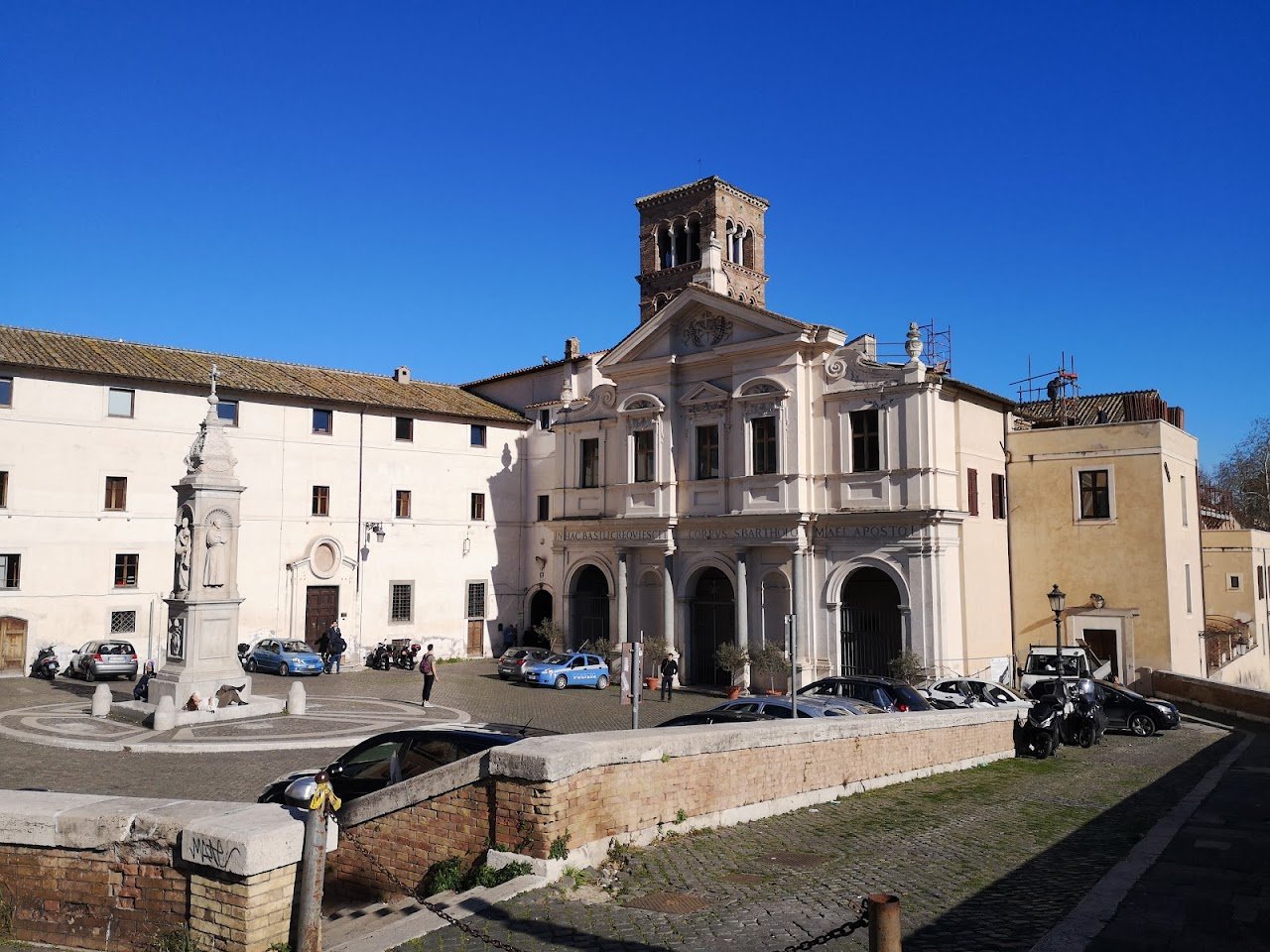
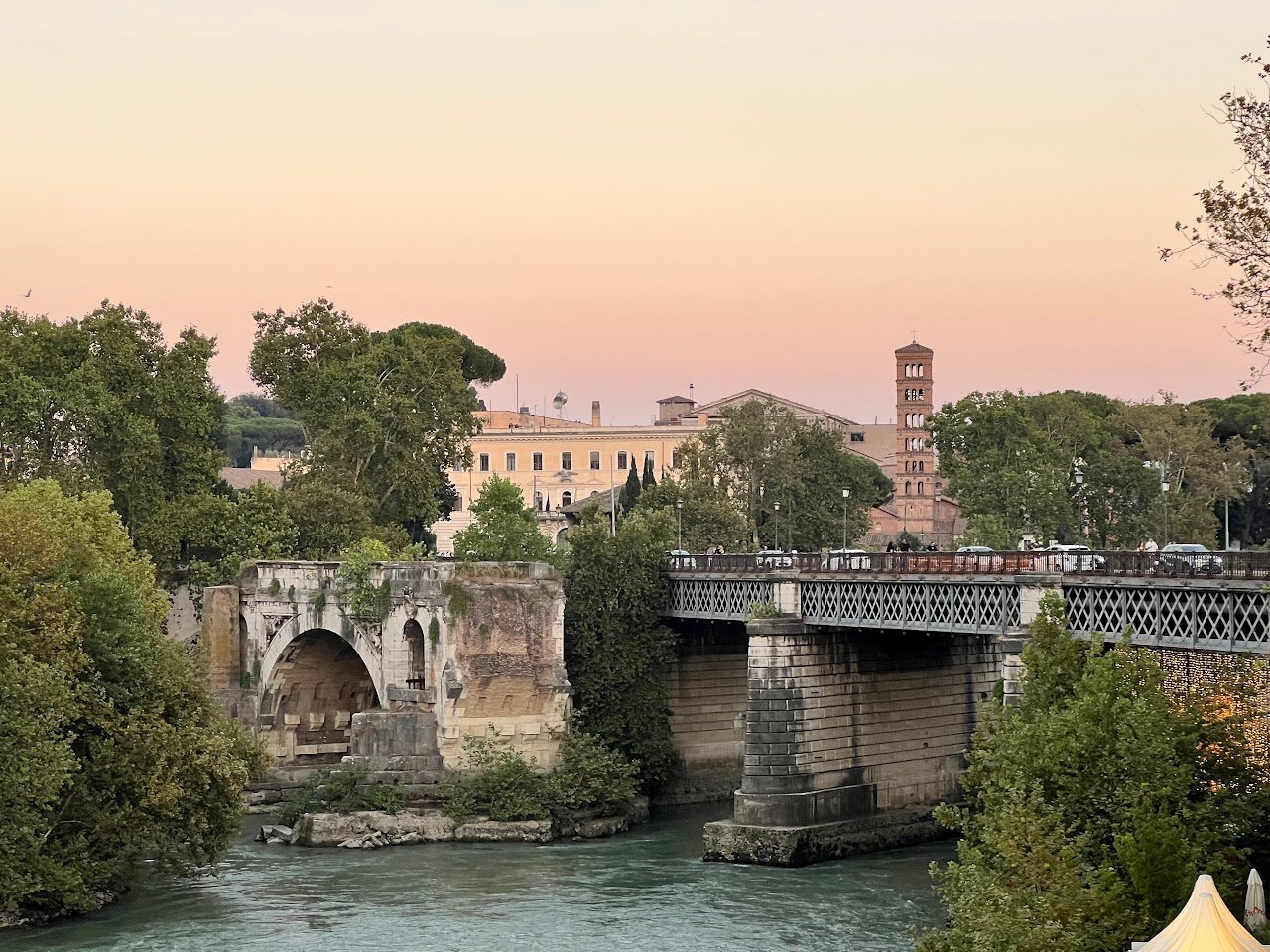
Ask ThatchGPT
Suggest a local expert to plan my trip
Suggest an unique itinerary for my Rome trip
What foods do Rome locals eat
What are some true hidden gems in Rome
Help me brainstorm trip ideas for Rome
Help me plan a family-friendly trip to Rome
What people say
Pedro Pereira
Available for hire
"
The Ponte Cestio, also known as the Pons Cestius (Latin for "Cestian Bridge") or Ponte San Bartolomeo, is an ancient Roman bridge in Rome, Italy. Here's a breakdown of its history, architectural features, and its significance for visitors:
History:
Built around 46 BC by Lucius Cestius, a Roman politician and member of the plebeian gens Cæsteria.
One of the earliest bridges to connect the western bank of Tiber Island (Isola Tiberina) to the right bank of the Tiber River.
Originally named Pons Cestius, it was later renamed Pons Gratiani in Late Antiquity and eventually Ponte San Bartolomeo after a nearby church.
The bridge has undergone numerous restorations and renovations throughout the centuries, with most of the present structure dating back to the 4th century AD.
Architecture:
Three-arched bridge constructed from brick-faced concrete, a common Roman building technique.
The central arch is the largest, spanning the main channel of the Tiber River.
The bridge features rectangular piers separating the arches and triangular cutwaters at each end to deflect the current.
While much of the bridge's original decoration is lost, some remnants of travertine marble cladding can still be seen."
Read more in:
Sibley Slade
Available for hire
"Ponte Cestio, also known as the Cestius Bridge, is a picturesque ancient Roman bridge in Rome that crosses the Tiber River. It was constructed in the 1st century BC and is known for its distinctive semicircular shape and original stone structure. This well-preserved bridge connects the Tiber Island with the Trastevere district and serves as a charming and historically significant part of Rome's architectural heritage."
Read more in:
Mentioned in these guides
About Ponte Cestio
Get the inside scoop on Ponte Cestio from local experts, travel creators, and tastemakers. Browse genuine trip notes, Ponte Cestio reviews, photos, travel guides, and itineraries from real travelers and plan your trip with confidence.
Phone
Save this spot for later or start mapping out a new trip today
Try our AI Travel Assistant and get instant answers to any questions about your trip.
Ask ThatchGPT
